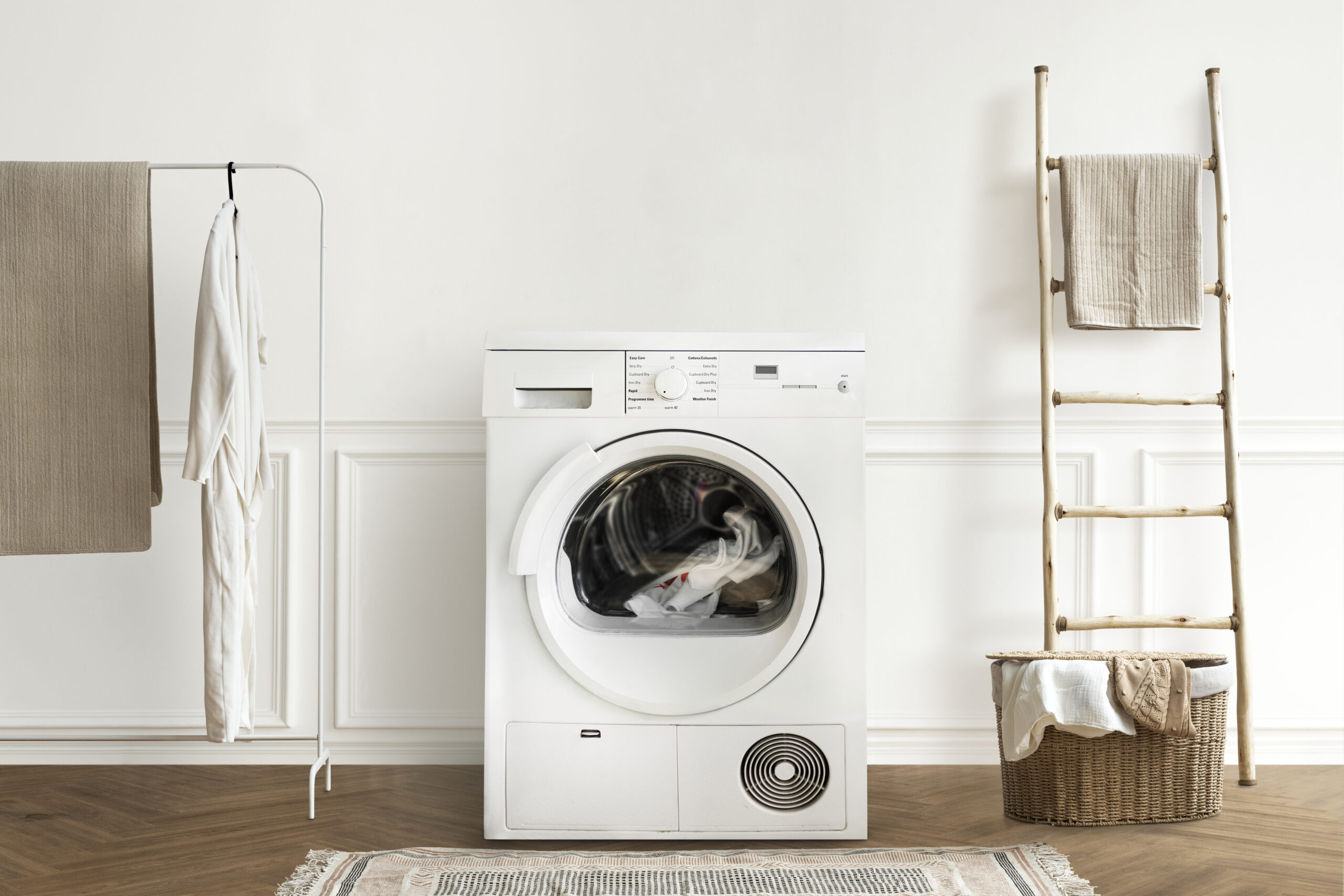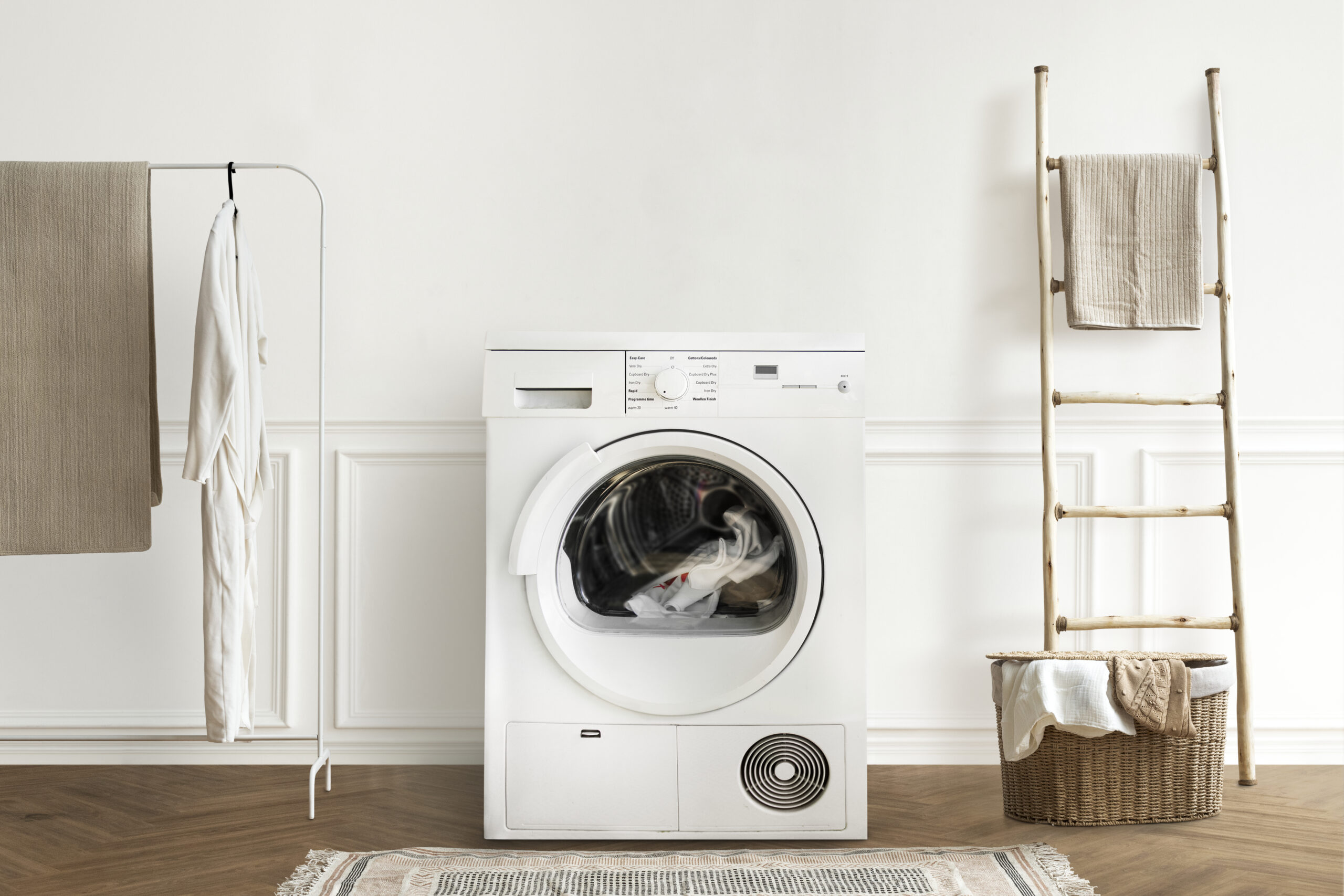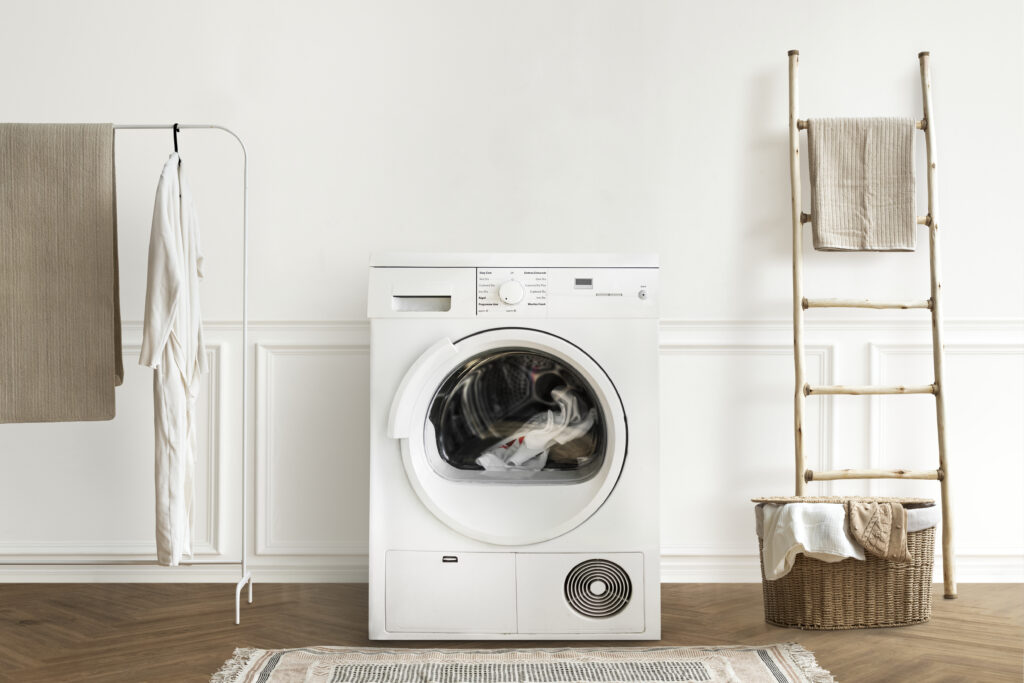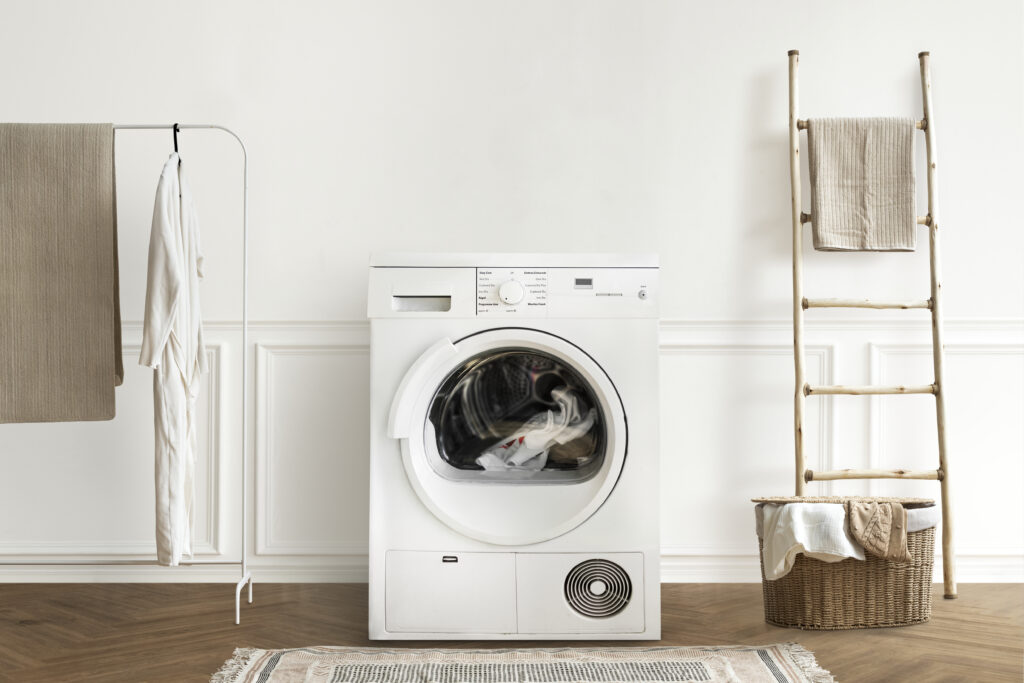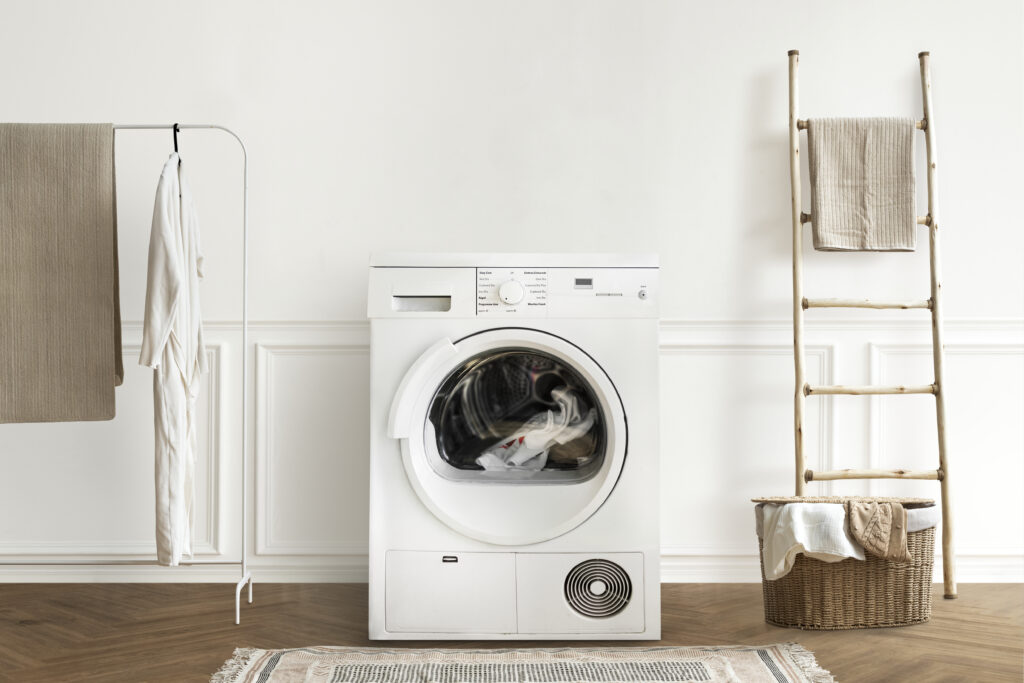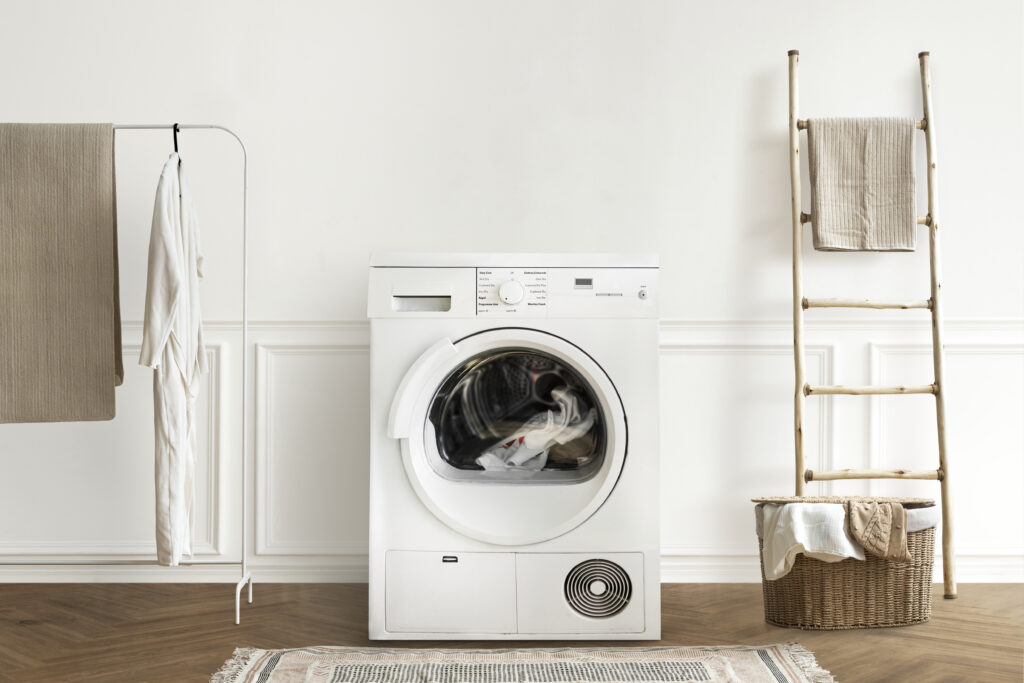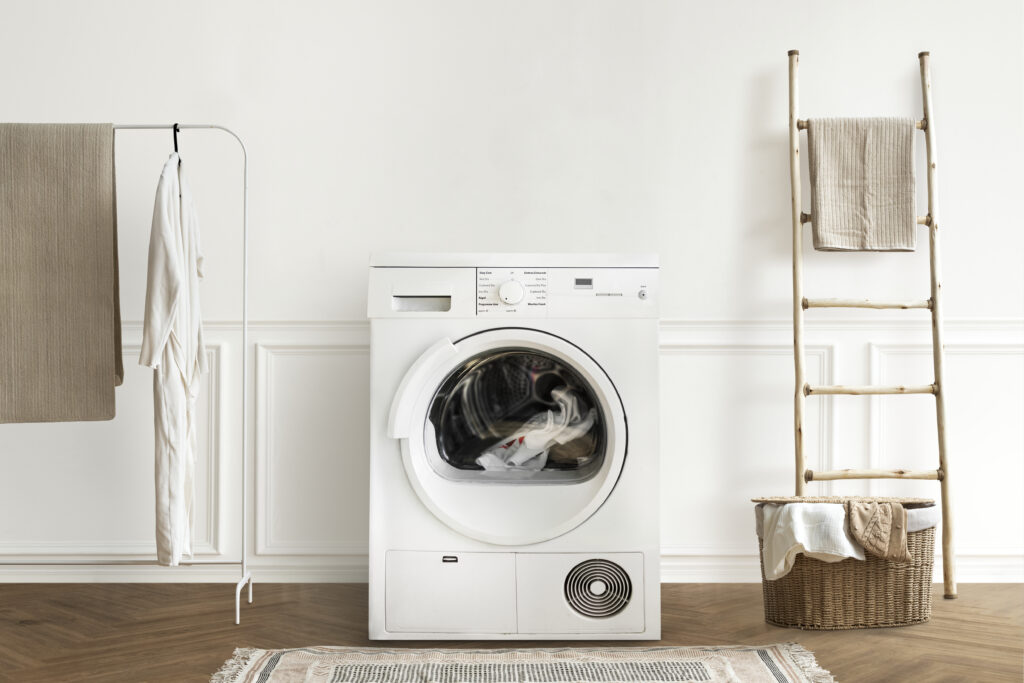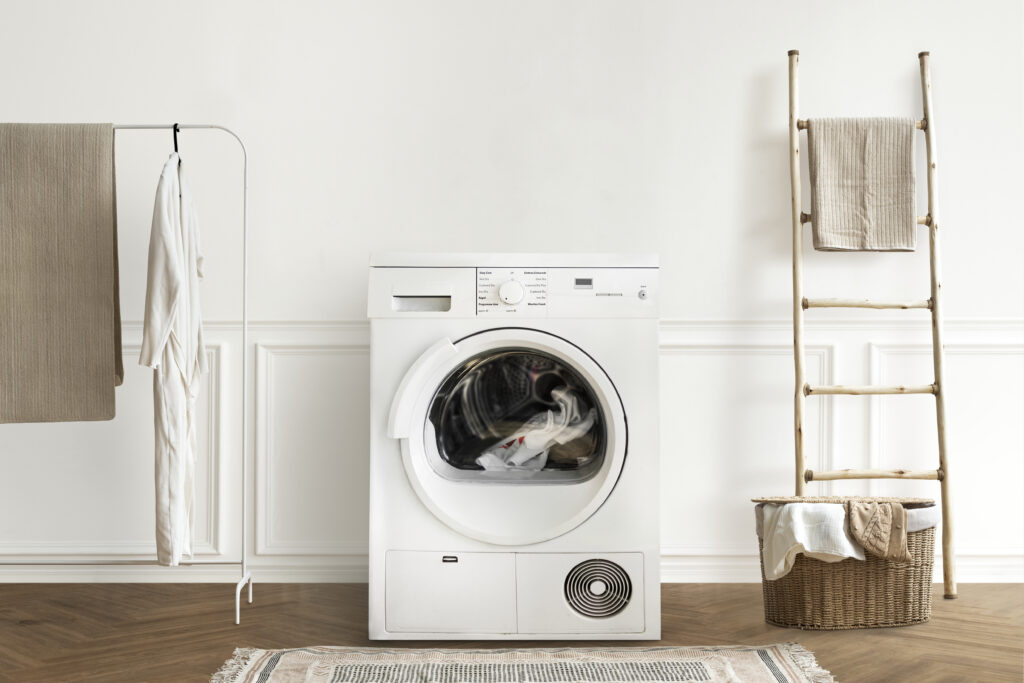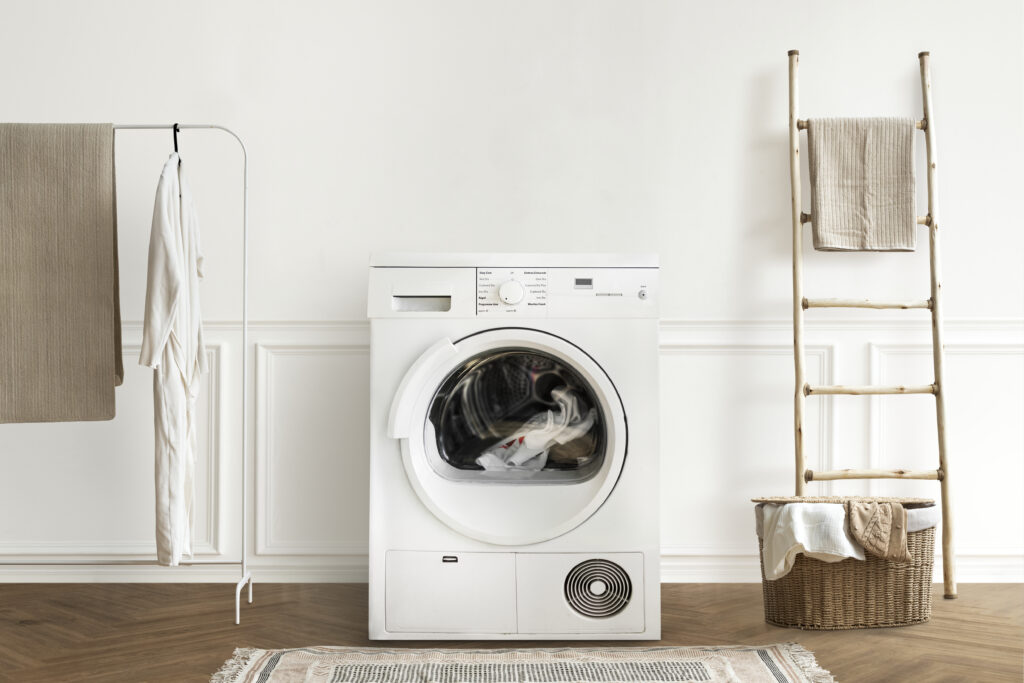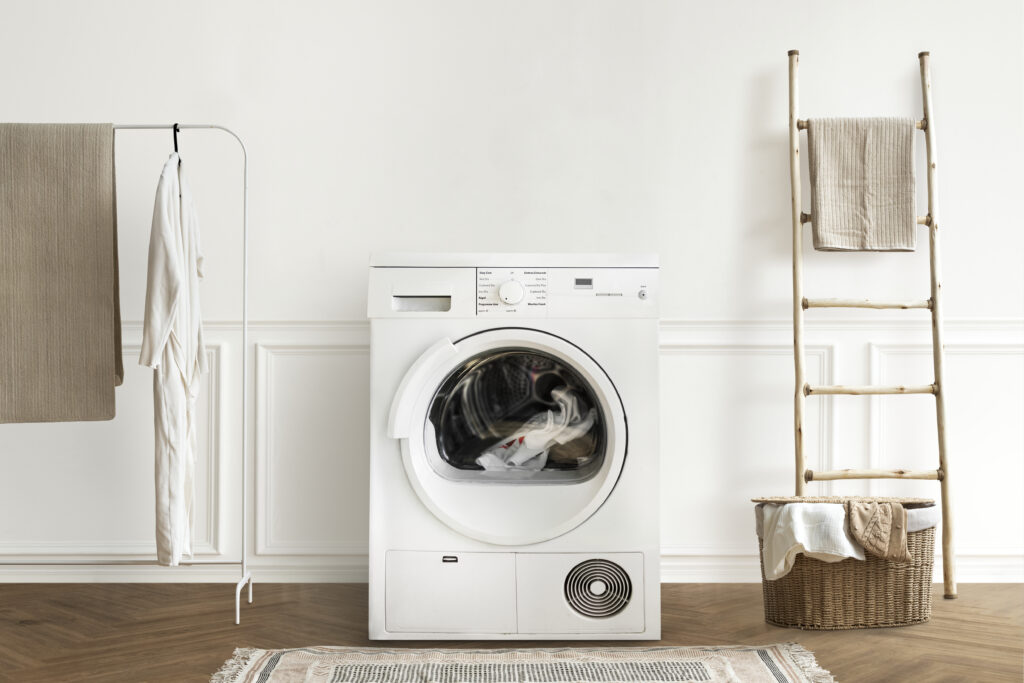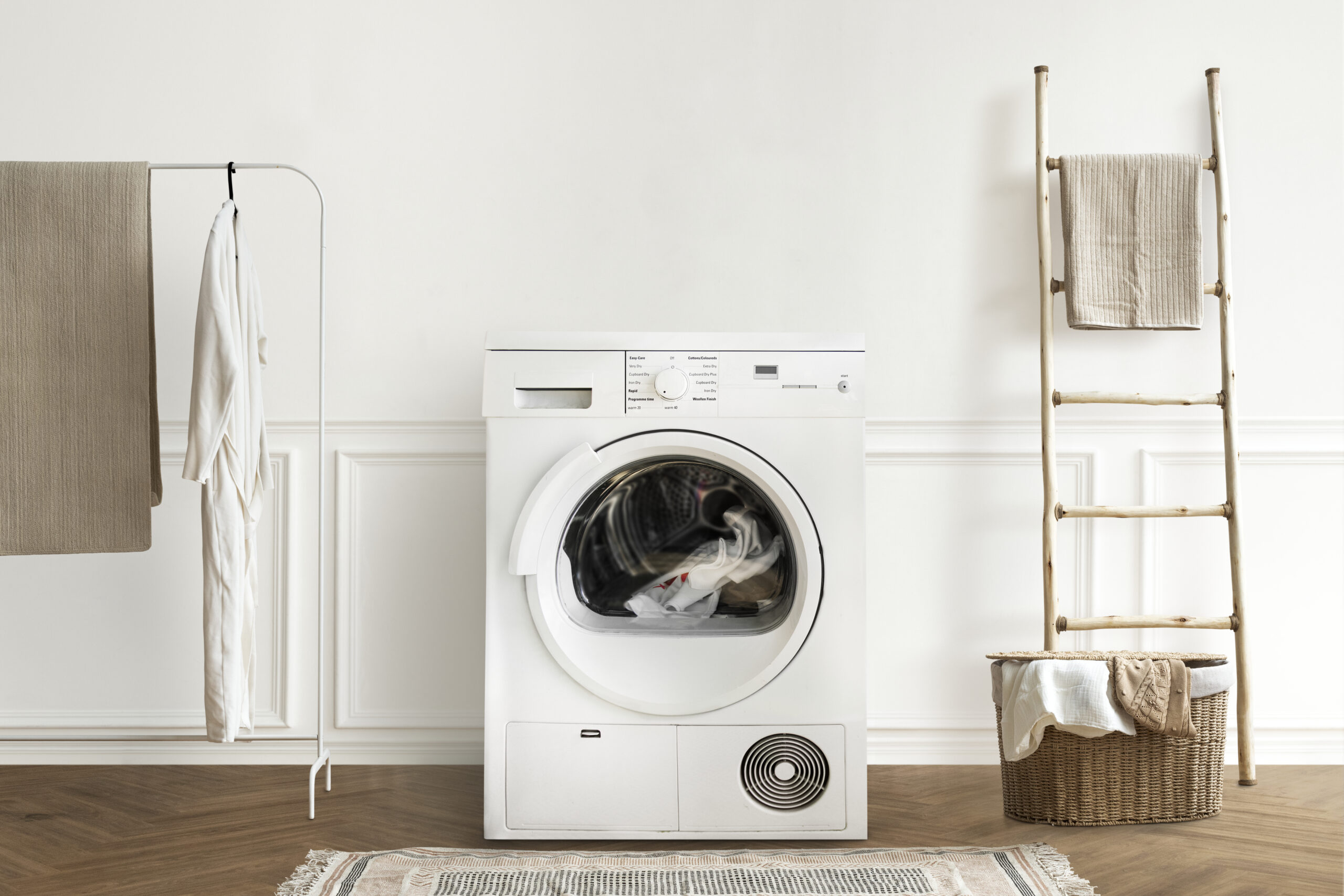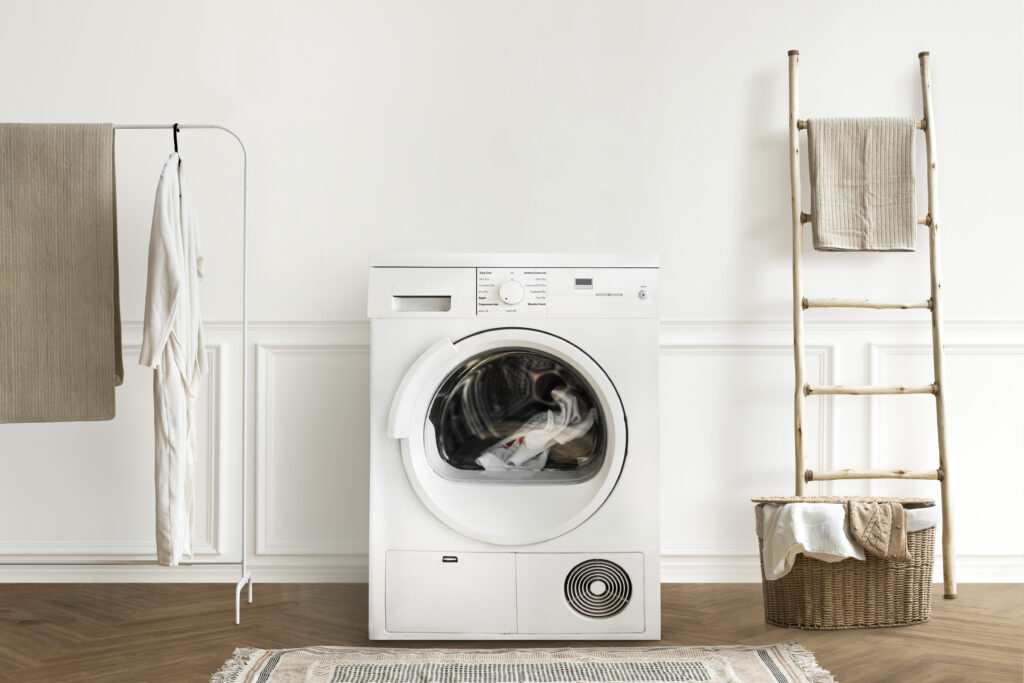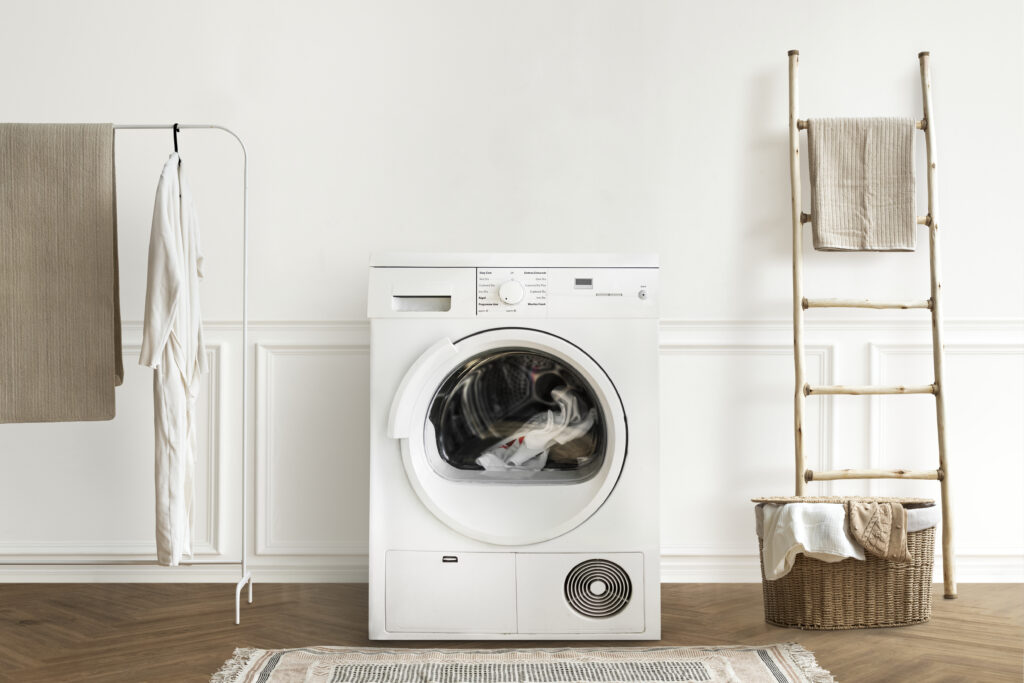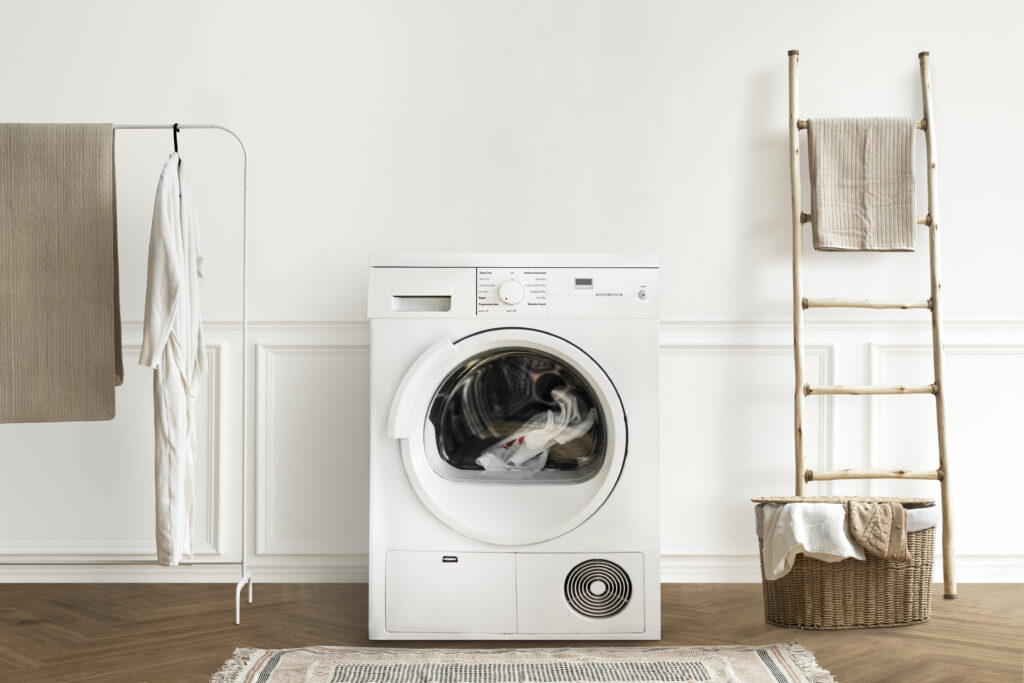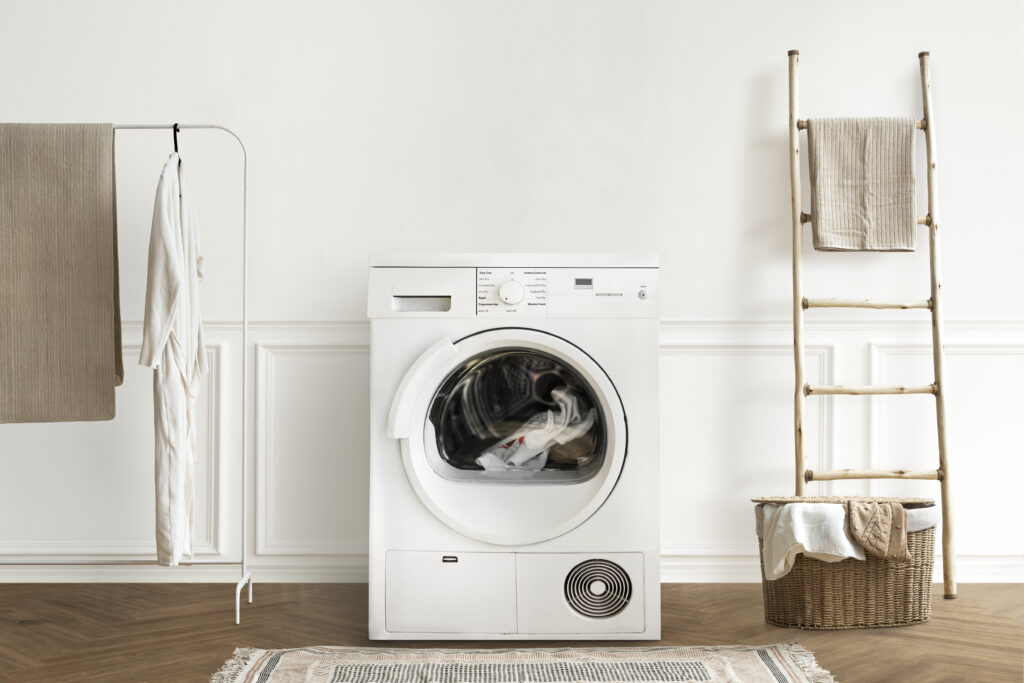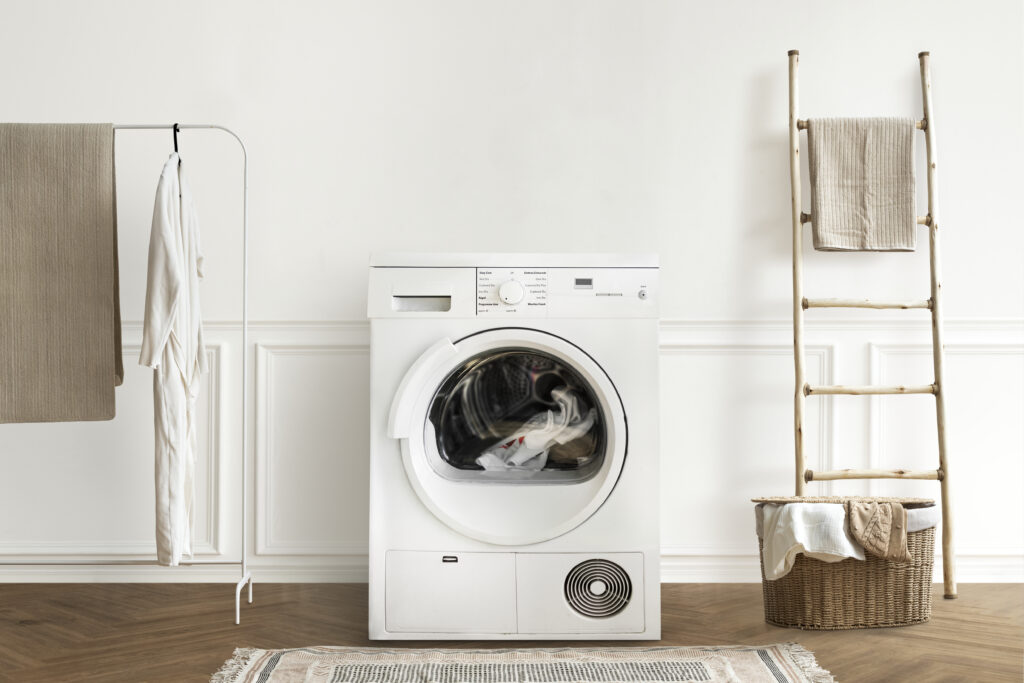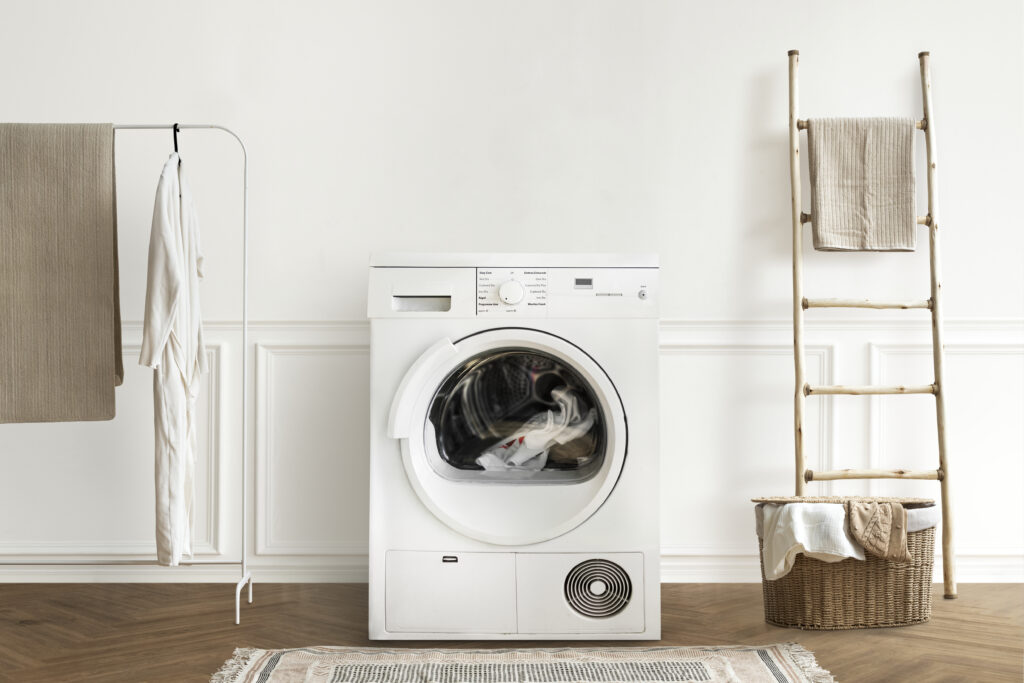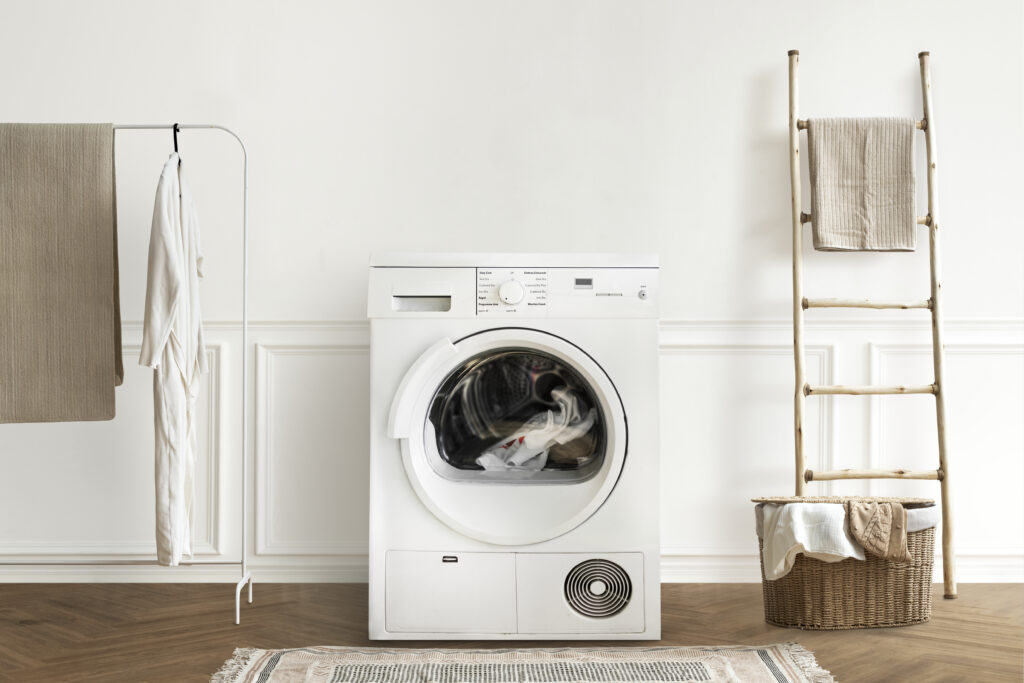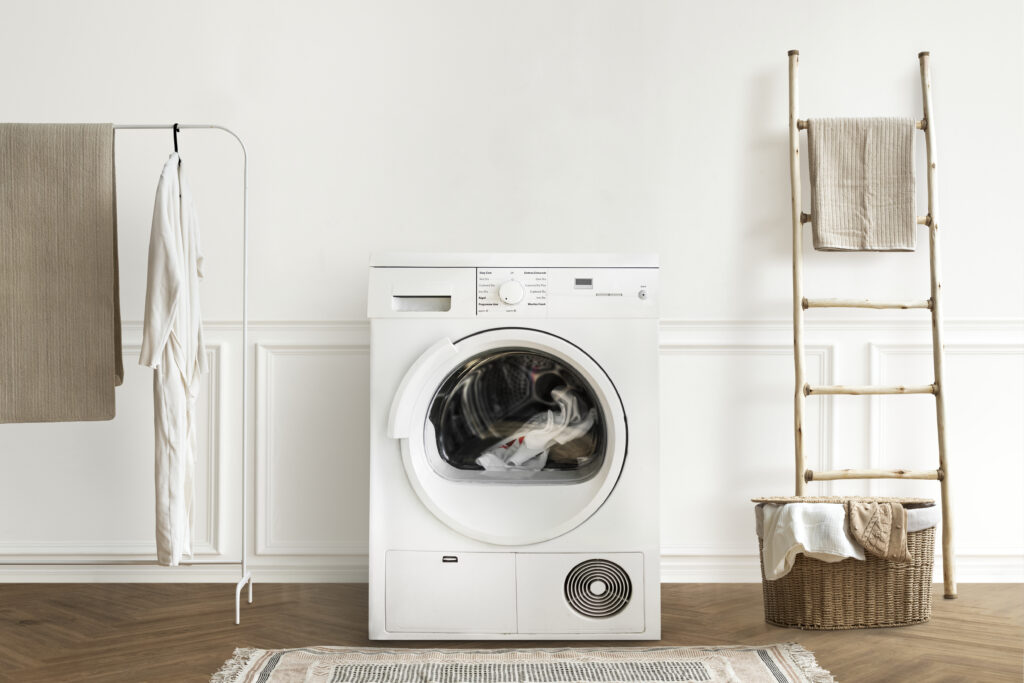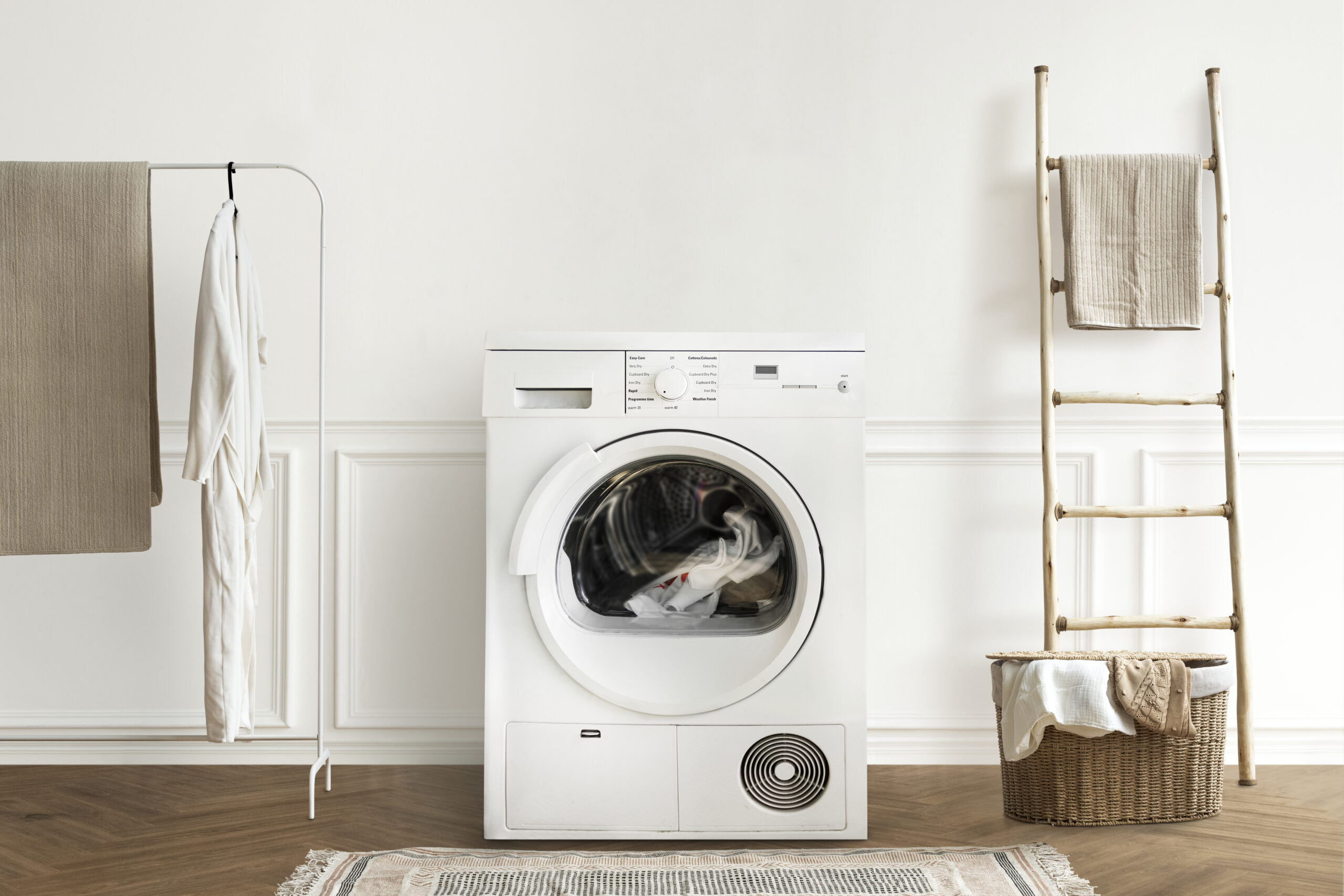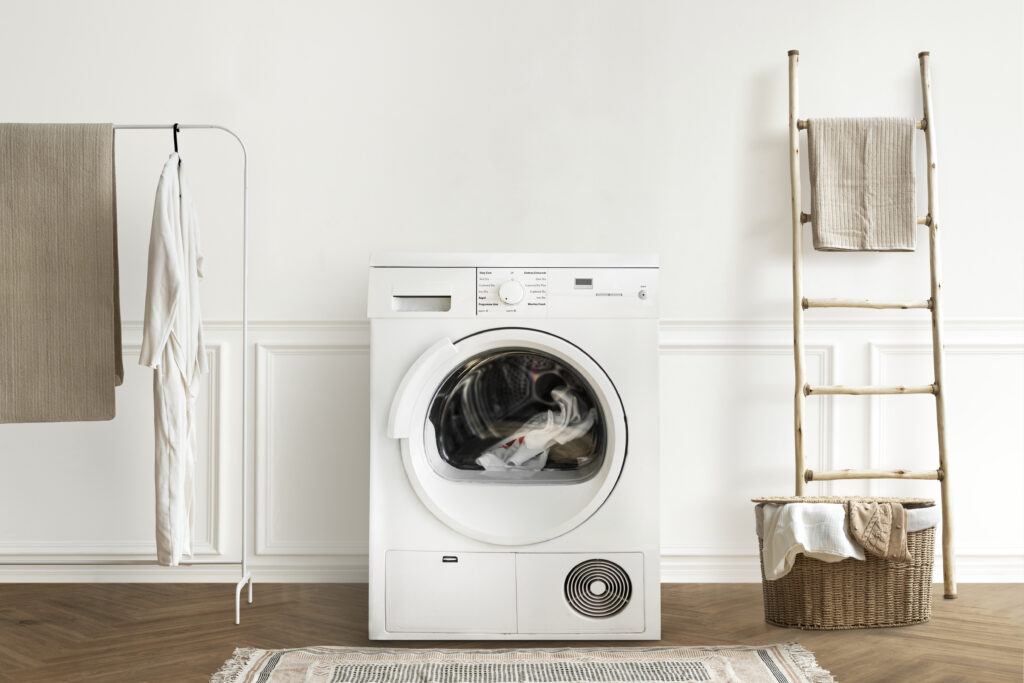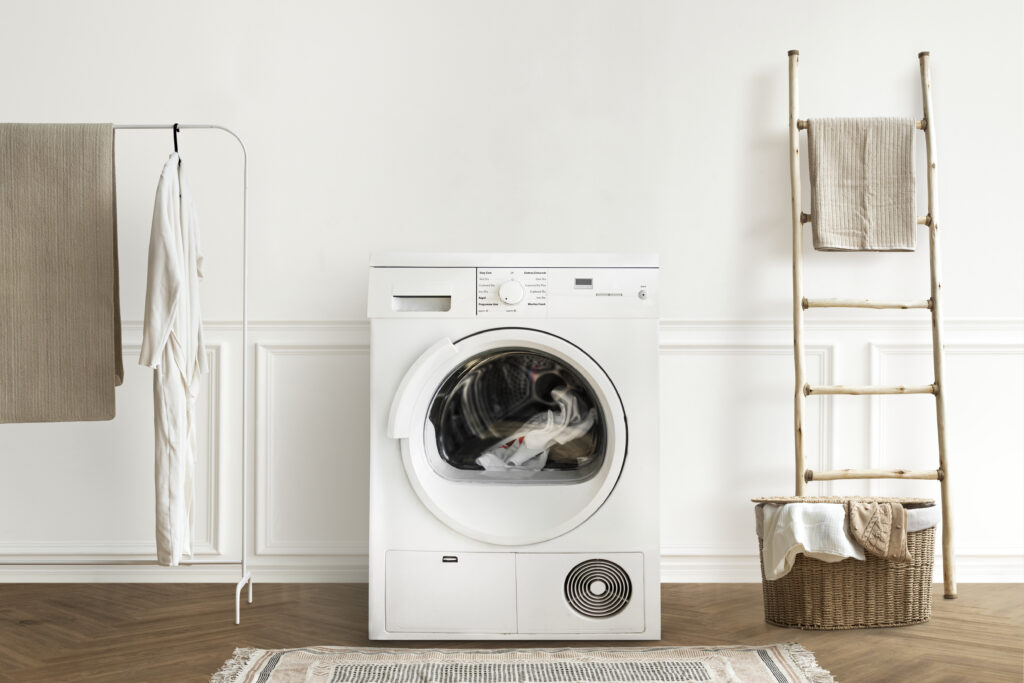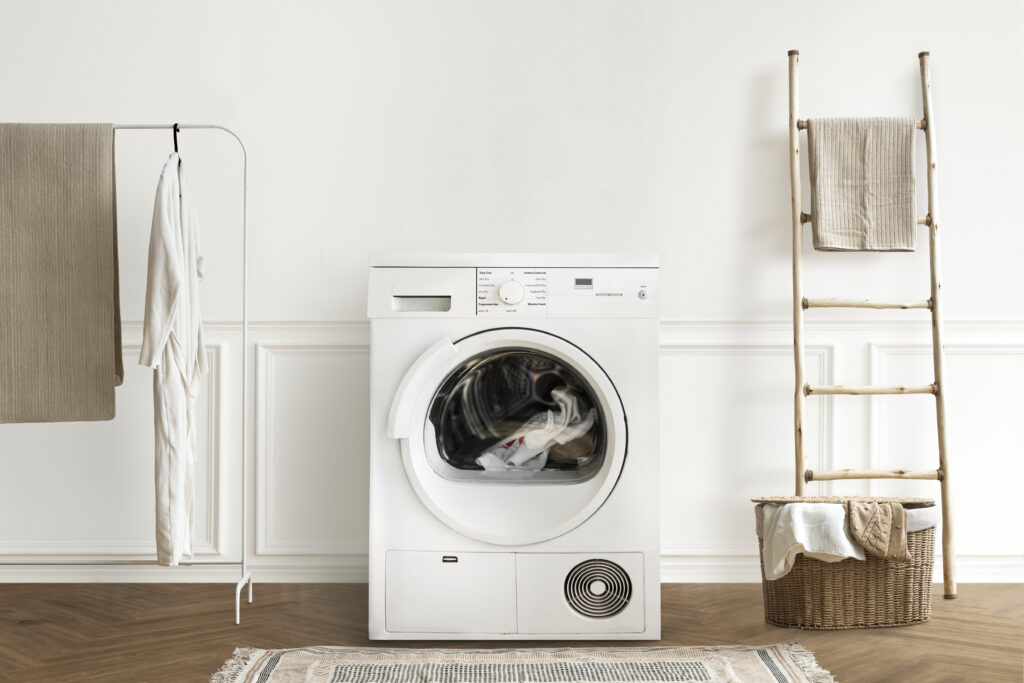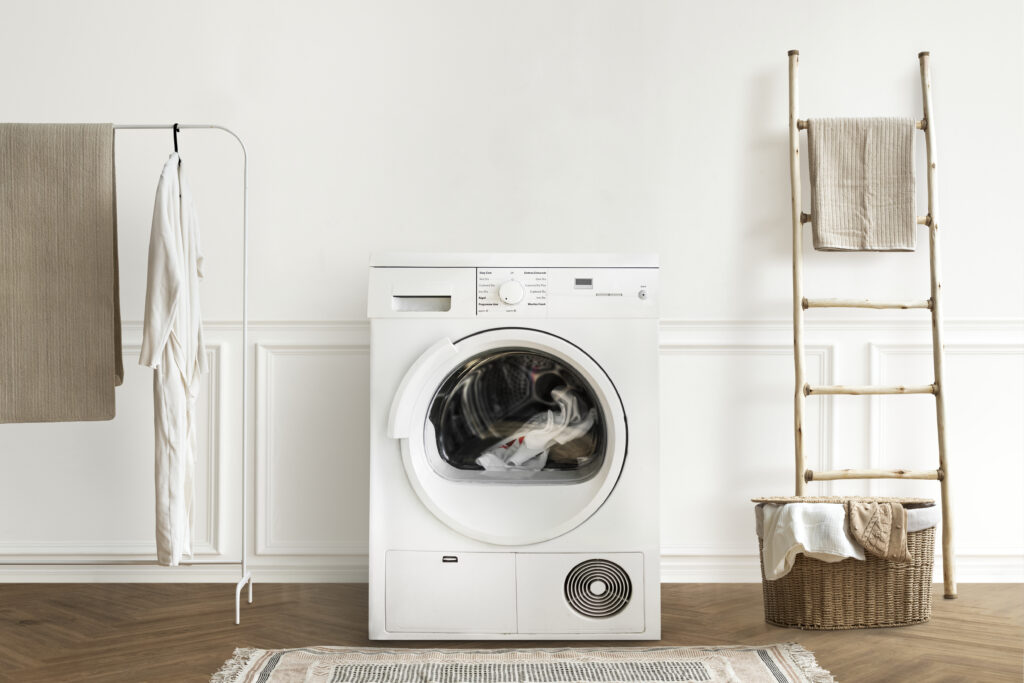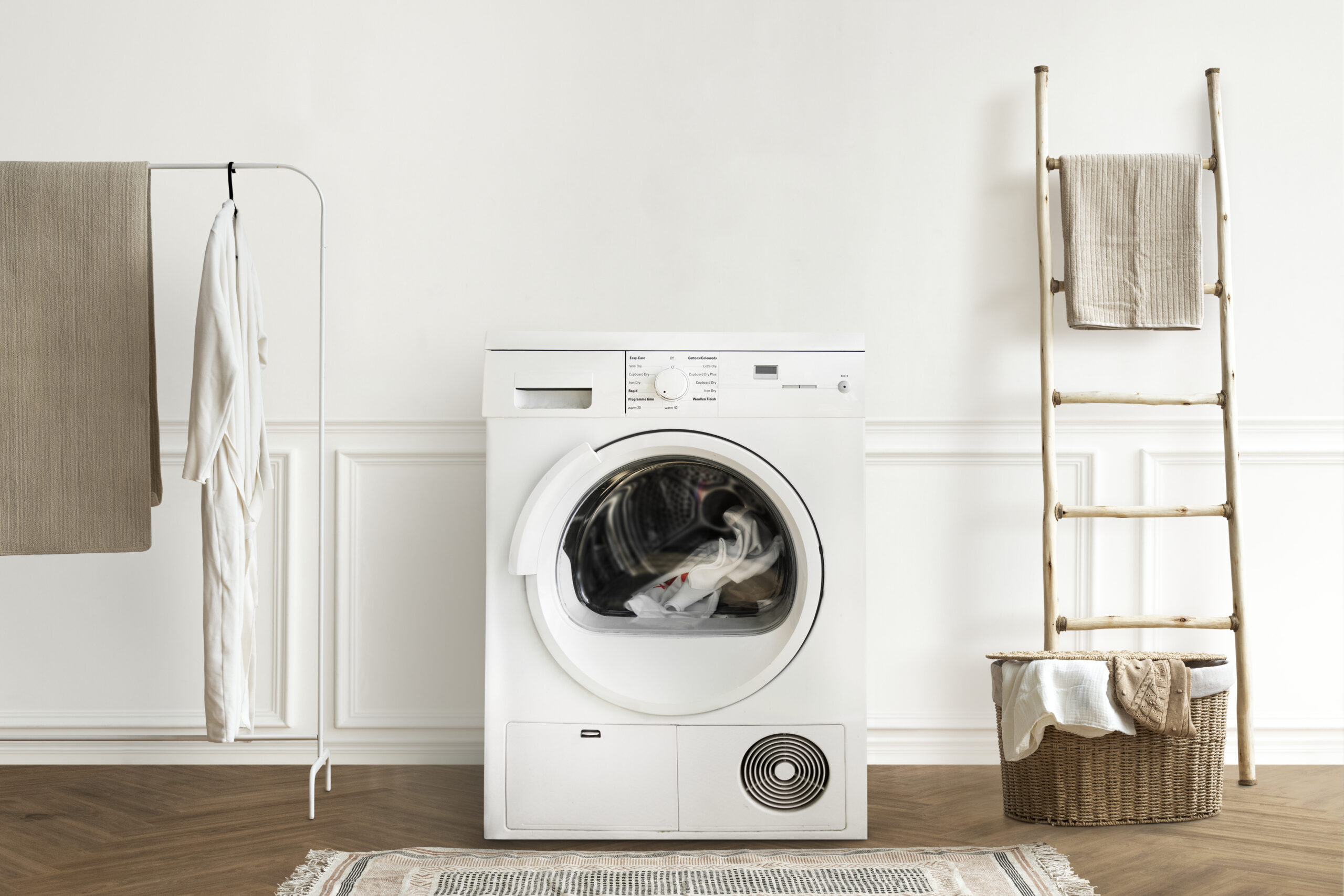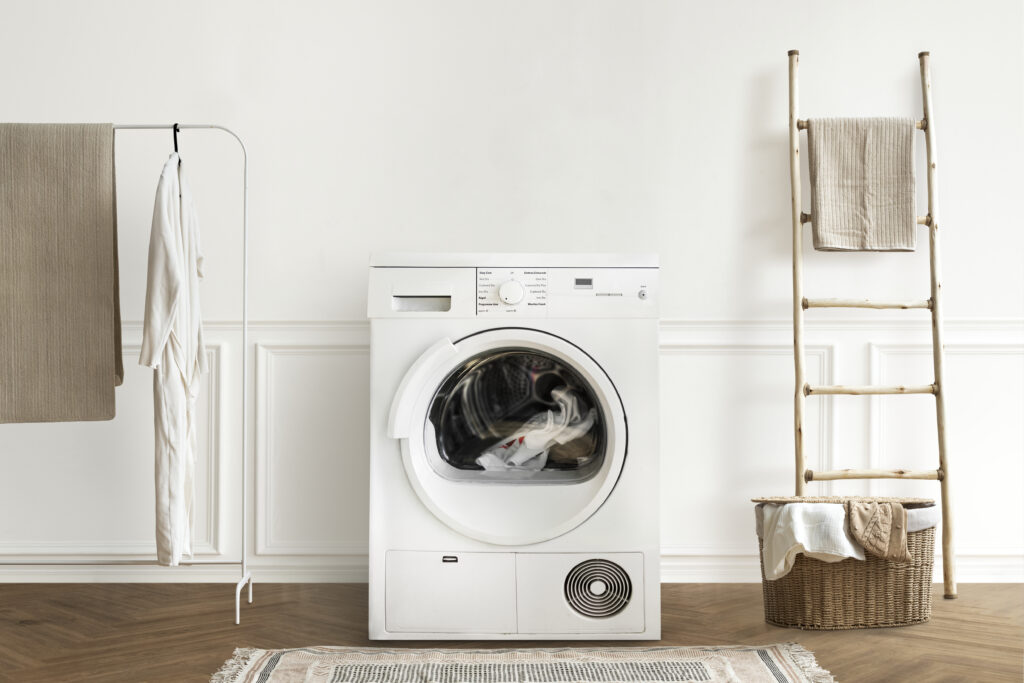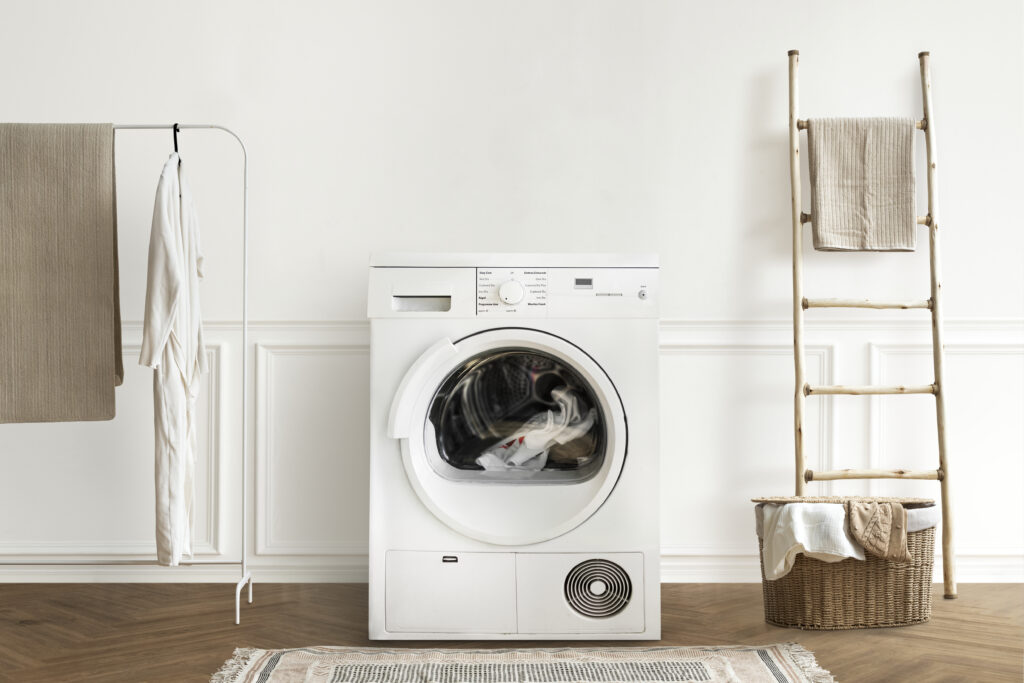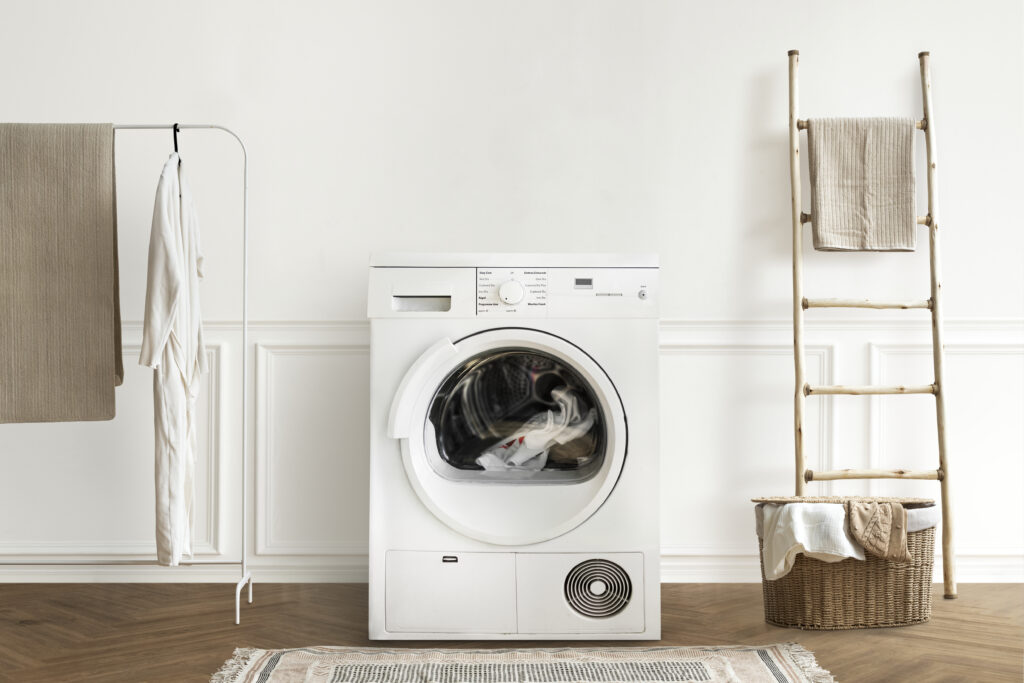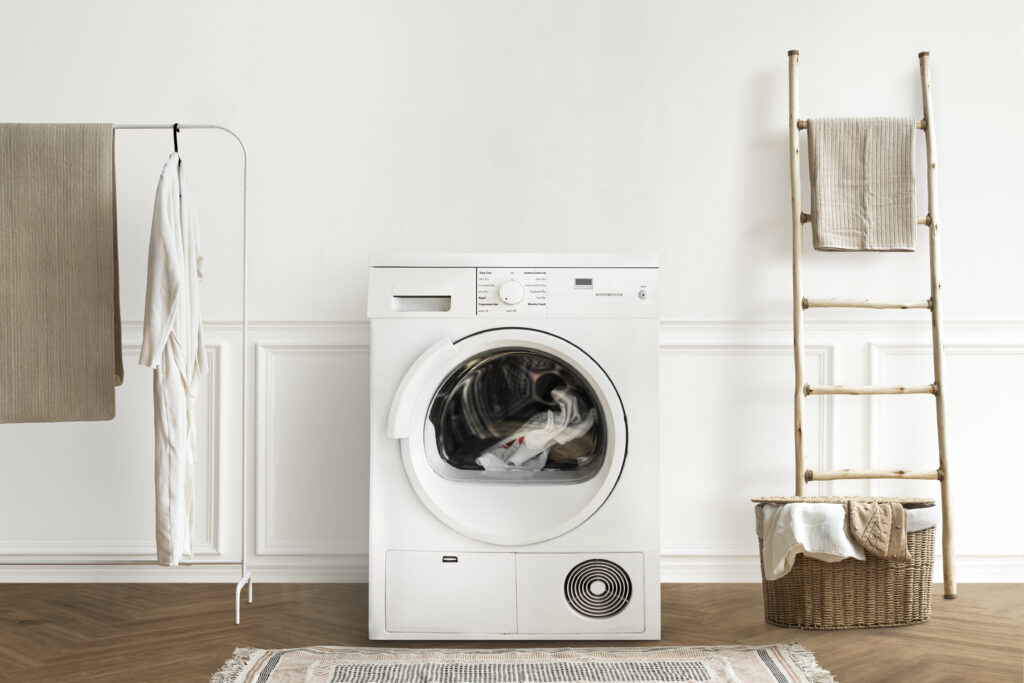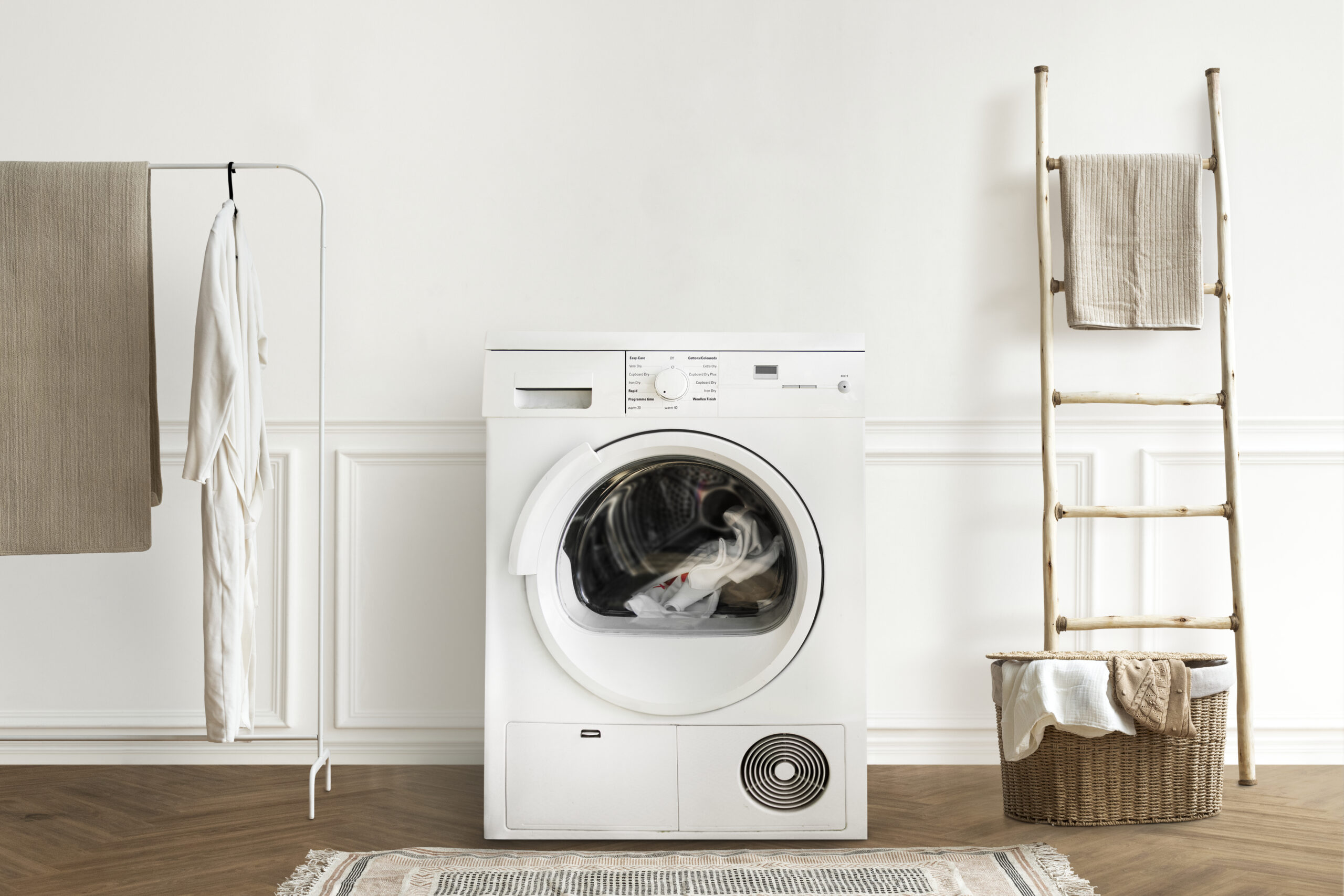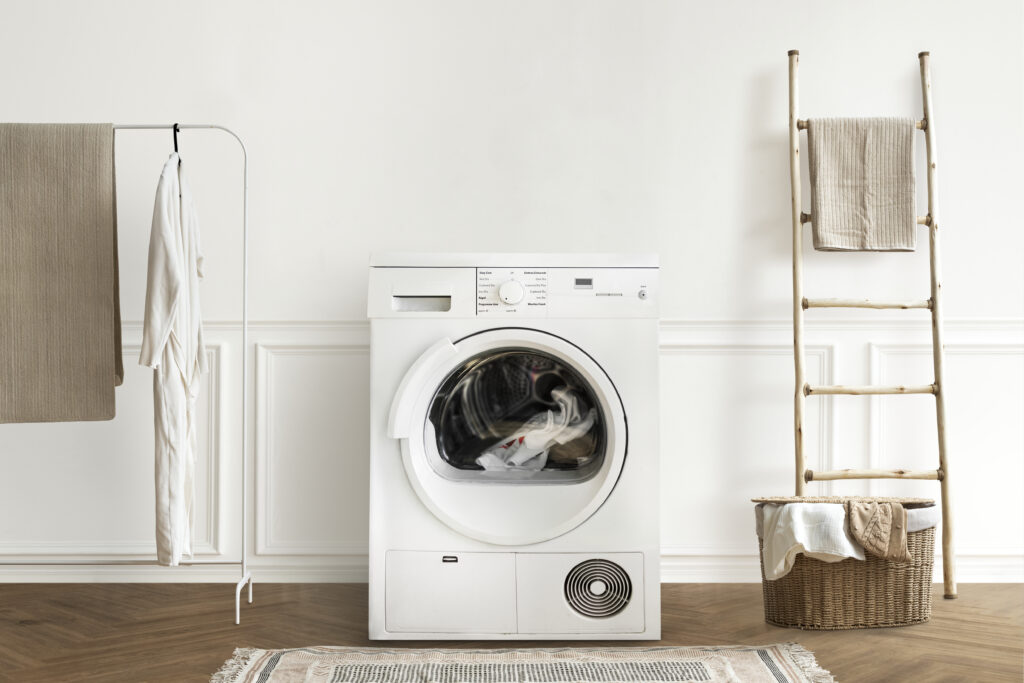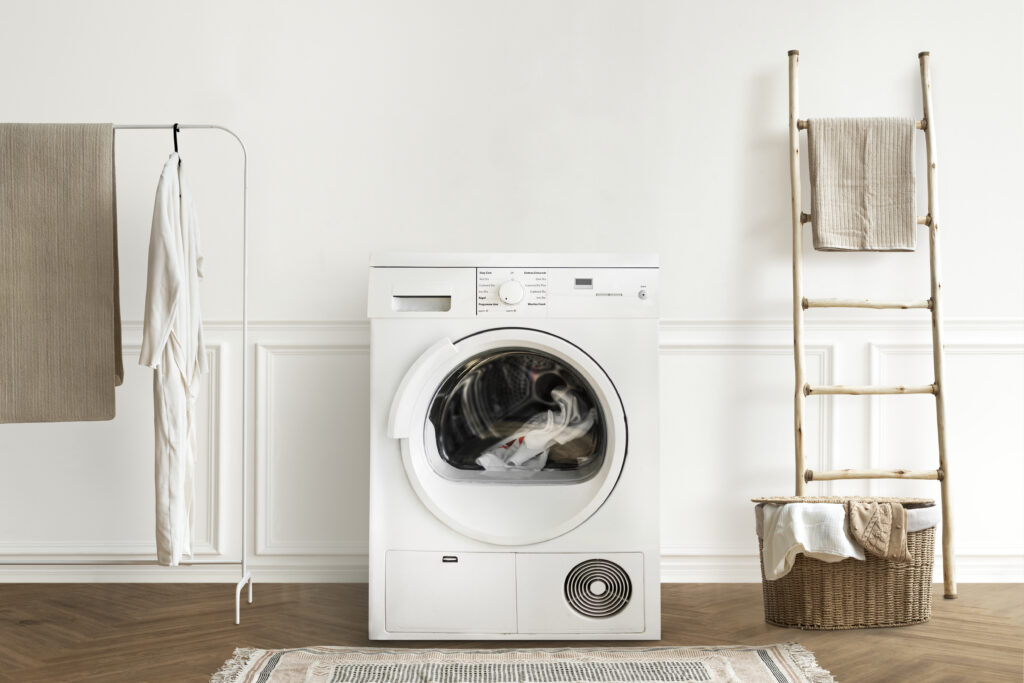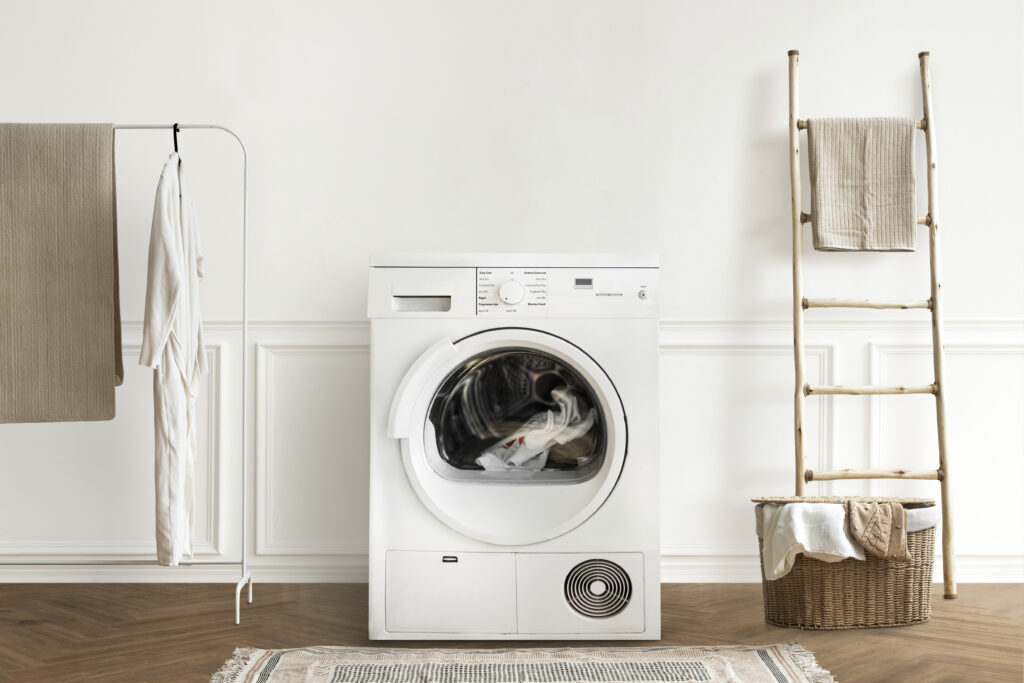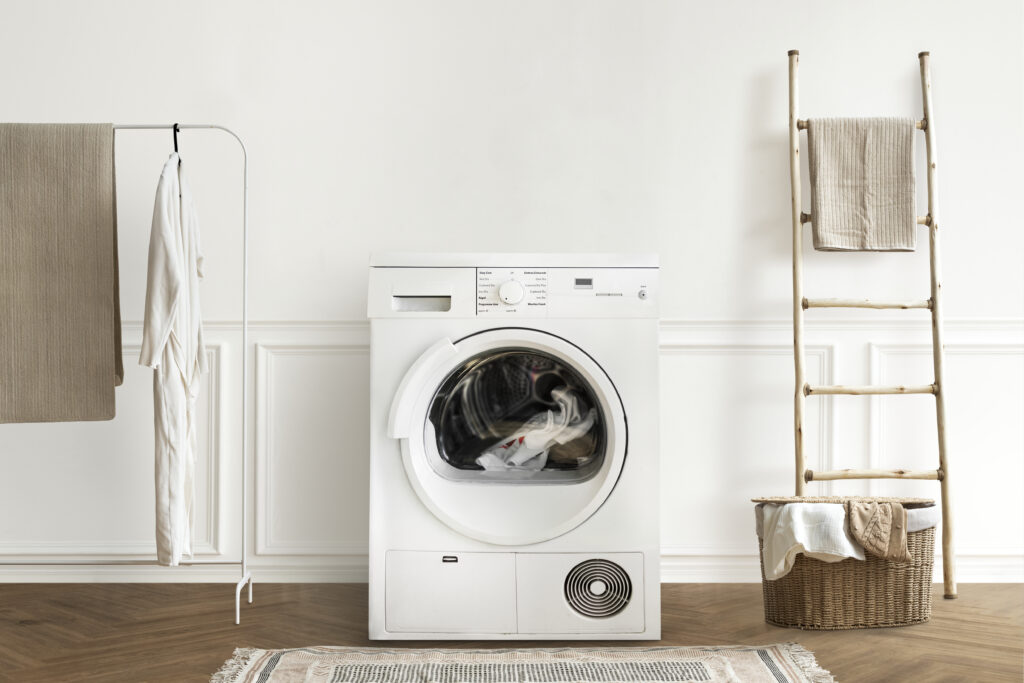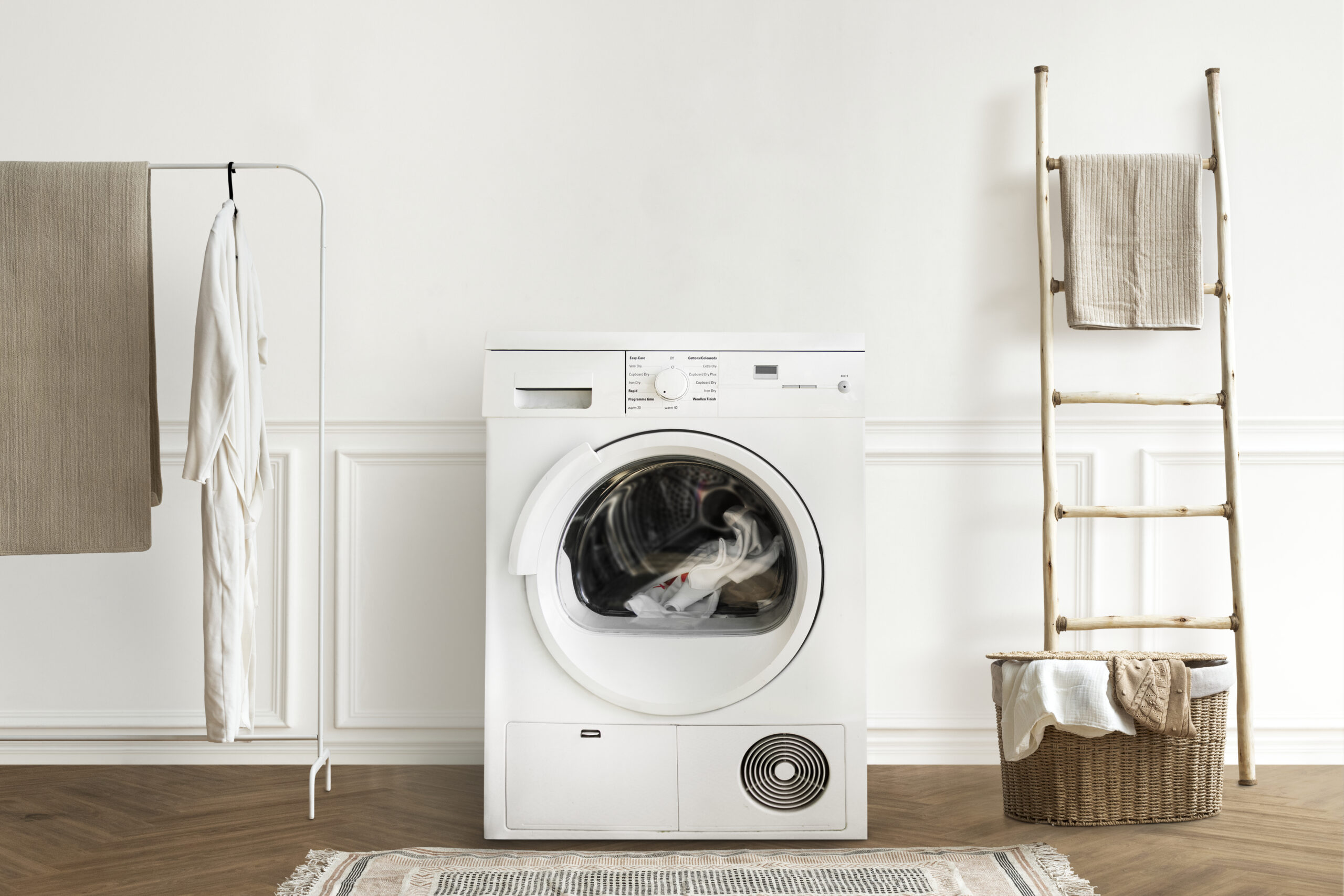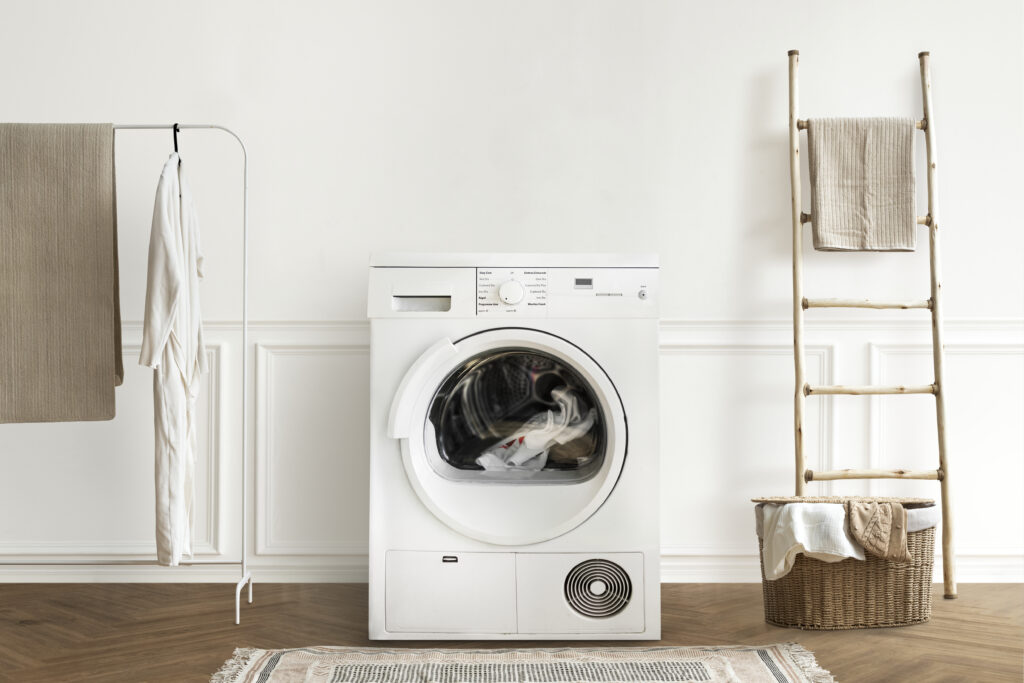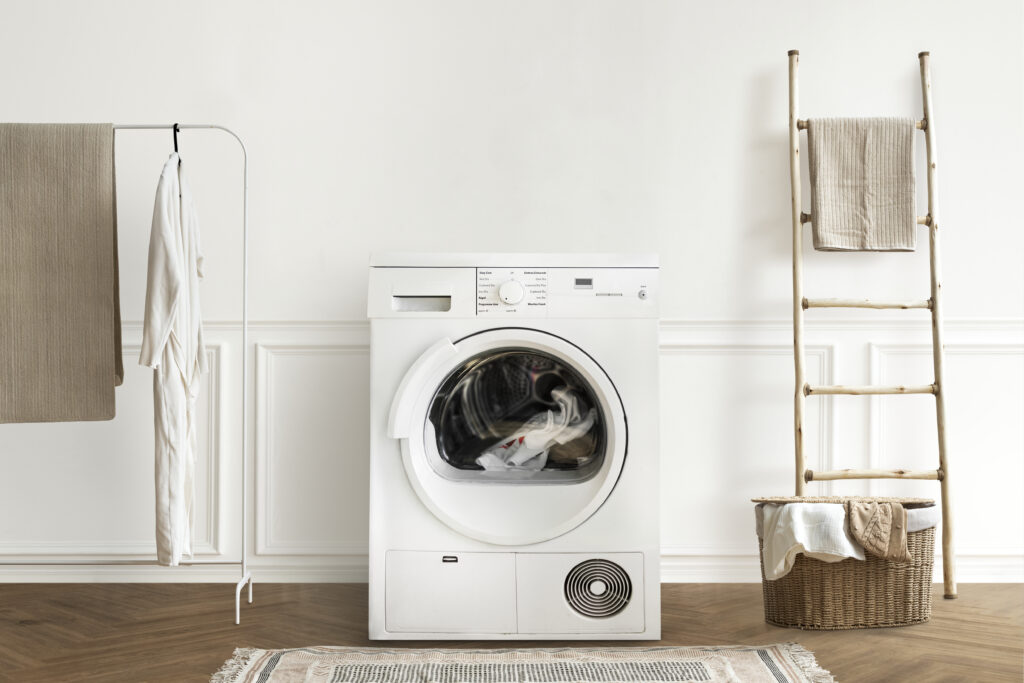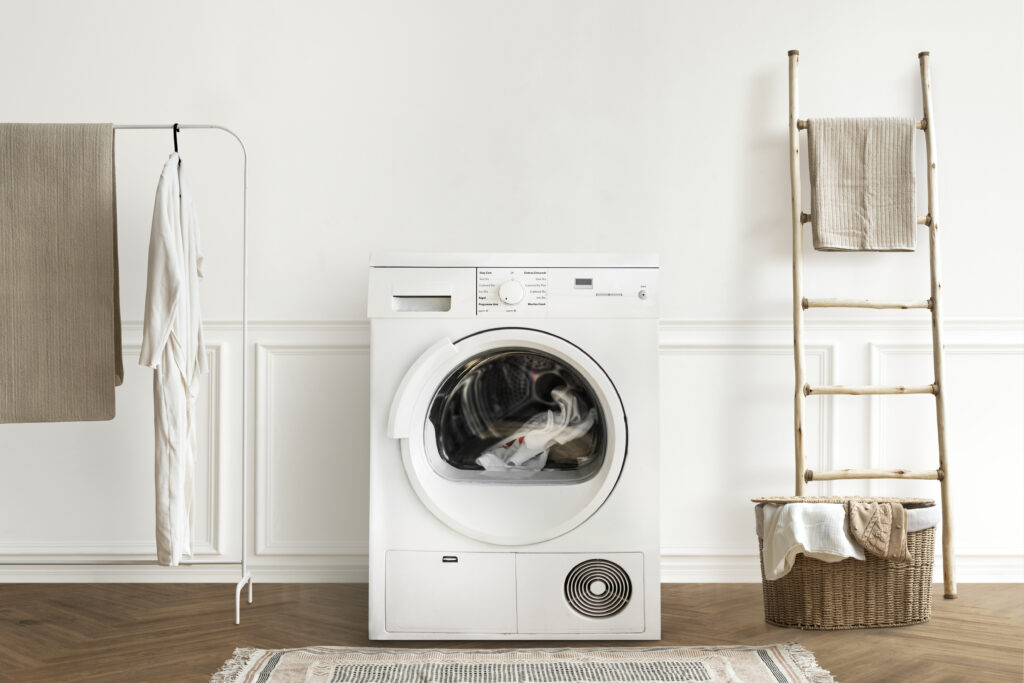How Godrej Washing Machines Conserve Energy and Water: An Insightful Option for Eco-Aware Homes
Selecting resource-efficient appliances is more crucial than ever in a time when sustainability is of the utmost importance. Leading the way in the development of washing machines that prioritize energy and water efficiency without sacrificing performance is the well-known Indian company Godrej. This article explores the cutting-edge qualities of Godrej washing machines that make them a great option for customers that care about the environment, especially in the US.
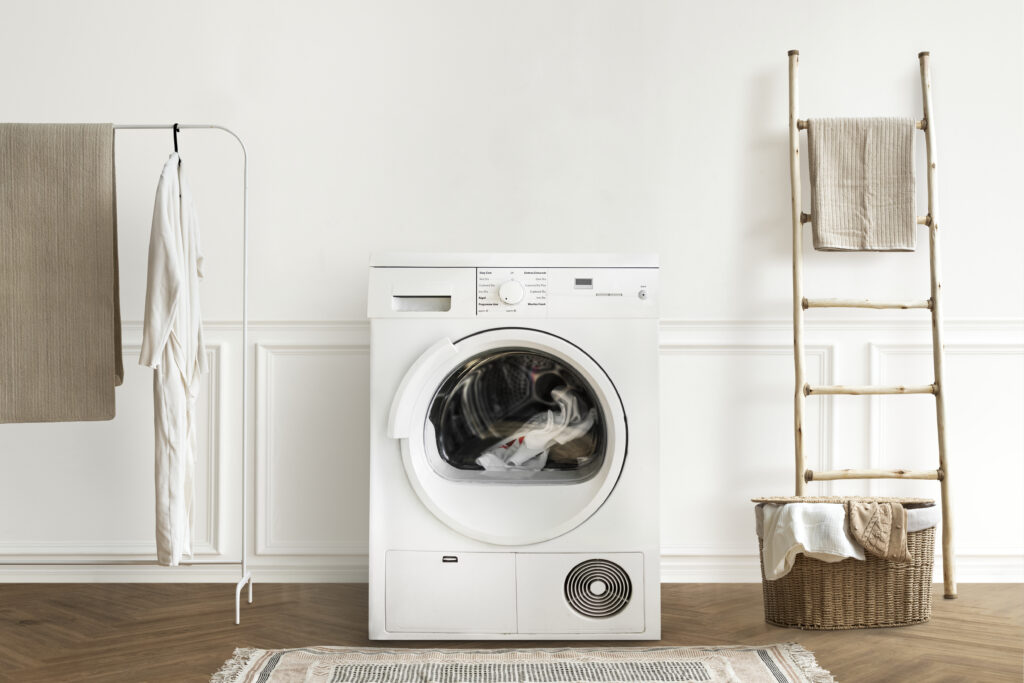
- Eco Mode: Considerable Water Conservation
The Eco Mode, which reduces water usage during wash cycles, is one of the most notable features of Godrej washing machines. For example, compared to conventional modes, the Eco Mode on the Godrej Eon Allure series can save up to 44 liters of water every wash. For households looking to lessen their water footprint or in areas experiencing water scarcity, this function is especially helpful. - 5-Star Energy Ratings: Ideal Use of Electricity
Godrej washing machines are known for their energy efficiency. According to Bureau of Energy Efficiency (BEE) regulations, many models have a 5-star energy certification, guaranteeing optimal electricity use. This fits with the objectives of environmentally concerned households by resulting in cheaper electricity bills and a less carbon footprint. - Cutting-Edge Cleaning Technologies
Godrej uses a number of cutting-edge technologies to improve washing effectiveness while preserving resources:
Digital Reliance +3
Jagran in English +3
Godrej Business +3 Roller Coaster Wash Technology: Ensures complete cleaning with low water usage by combining a gravity drum, an aquajet pulsator, and a cascade waterfall. @EconomicTimes +4
Godrej Business +4
Godrej Business +4 According to the kind of fabric, Flexi-Wash Technology enables customization of pre-soak, wash, rinse, and spin processes, guaranteeing the best possible use of energy and water. @EconomicTimes +7
Godrej Business +7
Reliance Digital +7 Eco-Balance Technology: Conserves up to 50% of water and energy by adjusting usage based on the amount of laundry.
Agencies in Sahu - Intelligent Features to Increase Productivity
Smart features that help save energy and water are included in Godrej washing machines: The Cloth Load Indicator helps users prevent overloading and ensures optimal use of resources by displaying the weight of the laundry load.
Godrej Enterprises By advising users on the proper detergent amount based on the water level, the detergent scoop indicator helps customers avoid using too much detergent and needing to rinse more.
Godrej Enterprises Delayed Wash: This feature helps consumers save energy by scheduling wash cycles during off-peak electrical hours. - Sturdy and Clean Design
Additionally, Godrej washing machine design features contribute to resource conservation: Re-washing is less necessary thanks to the stainless steel gravity drum, which guarantees efficient cloth movement for superior scrubbing action.
Vijay Sales +3
Godrej Business +3
Godrej Business +3 A 100% water-resistant control panel prolongs the machine’s life and lowers maintenance requirements by preventing water and dust seepage.
Godrej Business Plus
About - Flexibility in the Face of Low Water Pressure
Washing machines may function effectively even in locations with low water pressure—as low as 0.2 bar—thanks to Godrej’s Zero Pressure Technology. This feature ensures that the machine fills the tub effectively without sacrificing washing performance, which is especially helpful in areas with uneven water pressure.
Jagran +1 Cashify in English - Features That Are Easy to Use
Incorporating technologies that improve the washing experience while conserving resources, Godrej washing machines are made with user convenience in mind. Quick Wash: Saves time, water, and energy by finishing the wash cycle in about 30 minutes.
Godrej Business Plus
Godrej Business Plus Child Lock: This feature ensures effective operation by locking all of the control panel’s buttons to stop unintentional setting changes.
Godrej Business Plus
Godrej Business Plus The Magic Lint Filter keeps the machine clean and minimizes the need for extra rinses by collecting lint even at low water levels.
Godrej Enterprises
+1
Vijay Sales + - Conclusion: An Eco-Friendly Option for Contemporary Families
Godrej washing machines’ energy and water-saving features are a testament to their dedication to sustainability. These machines provide an effective and environmentally responsible laundry solution thanks to cutting-edge technology like Eco Mode, Flexi-Wash, and Eco-Balance, as well as clever design elements and user-friendly functions. Godrej washing machines are an attractive choice for American homes looking to lessen their environmental effect without sacrificing functionality.
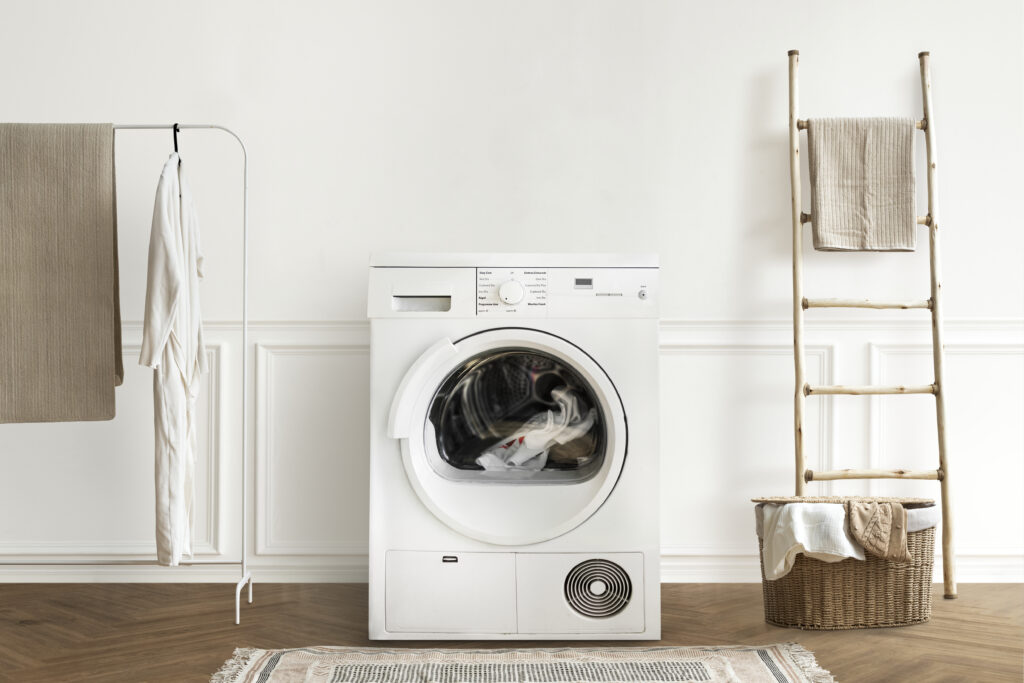
Note: Although Godrej washing machines are mostly sold in India, its features and technologies are the industry standard for water and energy efficiency. When possible, American consumers should think about importing Godrej appliances or search for comparable characteristics in locally available brands.
